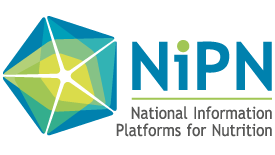Confounding
The characteristics of a potential confounder are as follows:
- It must be associated with the outcome;
- It must be associated with the exposure of interest;
- It must not be an intermediate step in the causal pathway between the study exposure of interest and the outcome.
Example: Has investment in programme A led to reduced anaemia levels?
Possible factors confounding a conclusion regarding the impact of one intervention on anaemia levels could be, for instance:
- the coexistence of another programme with a potential impact on anaemia reduction, targeting the same population groups;
- lower malaria incidence in the intervention area due to reduced rainfall during the baseline measurement.
Without controlling the data analysis for confounding factors, it is not possible to attribute the reduction of anaemia levels to the nutrition intervention.
- While measuring an association and checking the temporality is relatively easy, controlling for all (known and unknown) confounding factors is very challenging, as data on all confounding factors is often not available in population-based surveys. This typically requires a randomised controlled trial in a research setting to measure and compare rates of anaemia and numerous potential confounding factors between the intervention group and a control group (not exposed to the intervention), before and after the intervention.
- National population-based surveys and routine monitoring data typically do not have a control group.
- Without a control group, trying to interpret an association or a causal relationship can be very misleading. There is a high risk of drawing the incorrect conclusion as in the above-mentioned example, where the conclusion was that the nutrition intervention has an impact on anaemia while in reality the change in anaemia rates were caused by a confounding factor, and not by the nutrition intervention.
Data analysis of this type of survey data is not suited for the analysis of a causal relationship and could lead to incorrect and misleading policy decisions.


